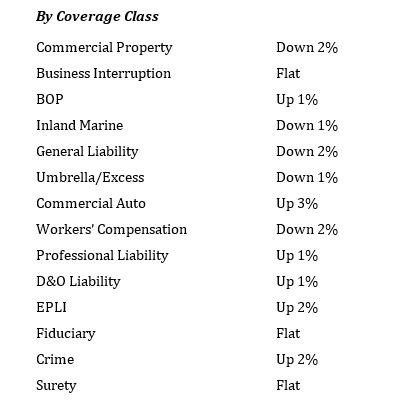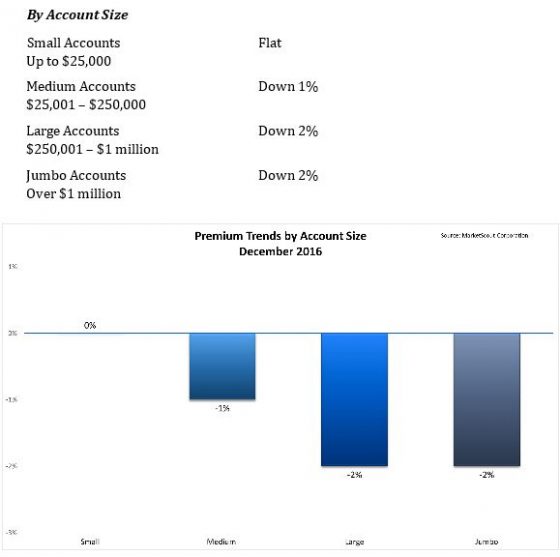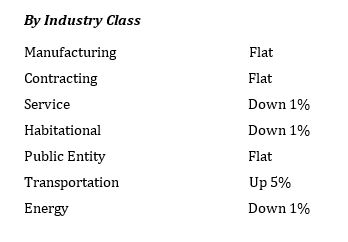Sears Holding Corps’ “going concern” filing has vendors and their insurers running for cover as the venerable American department store appears heading for bankruptcy or some other final disposition.
In a filing this week with the U.S. Securities and Exchange Commission, Sears Holding Corp.
told investors and observers that, “substantial doubt exists related to the company’s ability to continue as a going concern.” The company is parent to Sears stores and sister retailer Kmart.
The filing sent Sears shares down as much as 16% to $7.60 in New York trading, the company’s biggest intraday drop since October 2014. Prior to the drop, shares had gained some 60% since Feb. 9, according to Bloomberg.
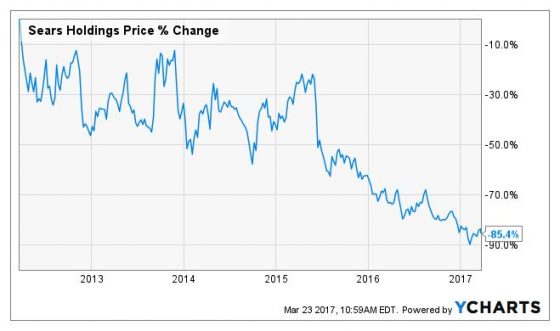
As a result, Sears’ suppliers are changing business terms with the troubled retailer, in some cases cutting back inventory or insisting on faster payment terms, in order to mitigate the downside associated with doing business with Sears.
One such supplier, a textile maker in Bangladesh, has sharply cut back on the amount of goods it manufactures for Sears. “We have to protect ourselves from the risk of nonpayment,” the textile maker’s managing director told Reuters. “So far there was only speculation that they would declare bankruptcy in 2017. But now they are acknowledging it, which definitely complicates our relationship with them and our decision to accept future orders from Sears.”
Bloomberg Intelligence analyst Noel Hebert noted, “They’ve got all kinds of issues.” Sears has enough cash to get through 2017, he said, but its declining payables-to-inventory ratio shows that vendors have been increasingly reluctant to keep the retailer stocked.
Although Sears posted a smaller loss than expected in the fourth quarter, the company has lost some $10 billion over the past few years, according to Bloomberg.
“Whatever vendors continue to support them are now going to put them on even more of a short string. That means they’ll ship them smaller quantities and demand payment either in advance or immediately upon delivery,” Mark Cohen, the former chief executive of Sears Canada and director of retail studies at Columbia Business School in New York City, said in the Reuters piece.
“Sears stores are pathetically badly inventoried today and they will become worse.”
Insurers that supply coverage against the nonpayment of goods are also looking to limit their exposure to what appears to be a worsening situation by backing away from business with Sears as it sinks.
“We tried to hang in as long as we could,” said Doug Collins, regional director for risk services at Atradius Trade Credit Insurance, who added that his firm has stopped providing insurance to Sears’ vendors. “Vendors may try to get a few more cycles in before the worst happens, and then it just depends if they’re lucky or not,” he said.
The situation is complicated by the personal involvement of billionaire owner Edward Lampert, who has poured hundreds of millions into Sears from his other business interests, using some of Sears’ assets as guarantees against the loans. This has resulted in a complex, even byzantine ownership structure which may complicate or preclude assets sales which could generate cash, according to some observers.
Sears’ cash position has crashed to just $286 million at the end of 2016 from a high of $1.7 billion in 2009, according to the Street.
com, which added that the company hasn’t generated cash flow from its operations since 2006. “With negative news like this, it’s never good for confidence on the company,” Moody’s vice president, Christina Boni said. Earlier this year, Moody’s downgraded Sears’ credit rating to Caa2 from Caa1 to reflect the accelerating negative sales performance of its business and risk of possible default.

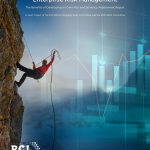 always the case.
always the case.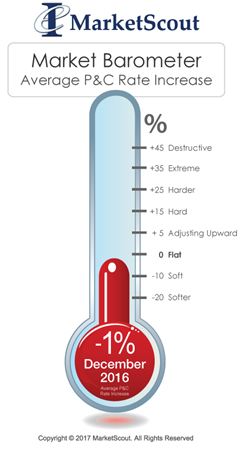 April, rates began to moderate and continued reductions of 1% to 2% per month. The year closed with a composite rate reduction of 1%, according to MarketScout.
April, rates began to moderate and continued reductions of 1% to 2% per month. The year closed with a composite rate reduction of 1%, according to MarketScout.